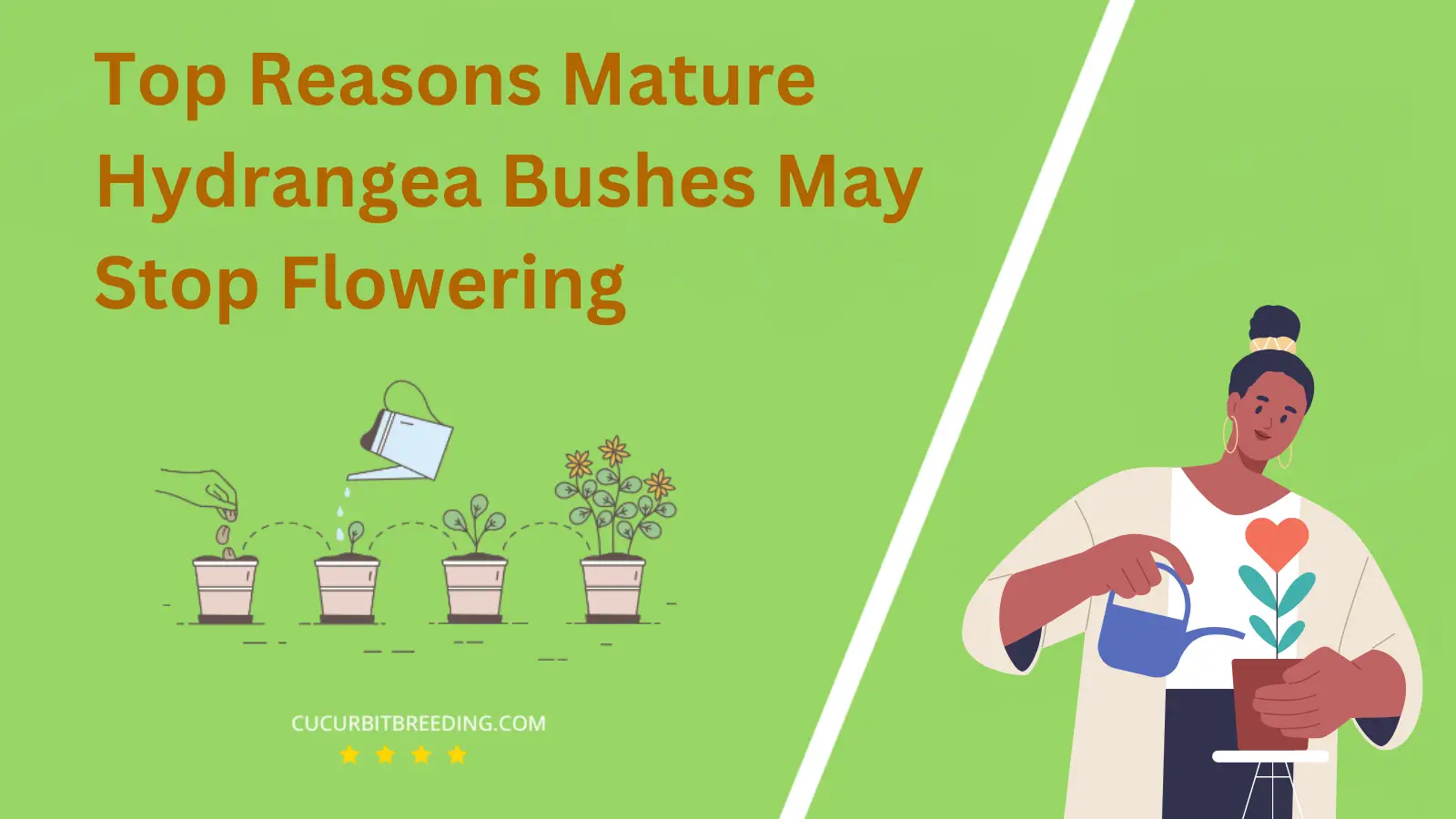
Every garden enthusiast wonders, when do hydrangea bushes bloom? These captivating plants hold a unique charm with their large, showy flowers, transforming any garden into a floral paradise.
However, understanding their blooming cycle can be puzzling for many, as various factors influence it. Let’s unravel the mystery behind the blooming of these beautiful bushes.
When Do Hydrangea Bushes Bloom?
Hydrangea bushes typically bloom during late spring to early autumn. The exact timing can vary based on the species and location. Some hydrangeas like the Panicle and Smooth types bloom in the summer, while the Bigleaf variety often blooms from late spring to early summer. However, it’s important to note that the bloom time can change depending on climatic conditions and care practices.
| Stage | Description |
|---|---|
| Germination | Spring (April-June) |
| Growth | Spring and summer (March-August) |
| Blooming | (Summer) |
| Dormancy | Winter (December – February) |
How Long Do Hydrangea Bushes Bloom?
Hydrangea bushes typically start blooming from late spring and continue through summer, depending on the variety and geographic location. However, the bloom period of hydrangeas is usually between three to four weeks. Some repeat-blooming types, such as the Endless Summer series or Tuff Stuff hydrangeas, can bloom from spring into fall.
How Light Affects Hydrangea Bushes Blooms?
Light greatly affects the bloom of hydrangea bushes. Hydrangeas generally require full sun in the morning with some afternoon shade. However, they can tolerate only partial sun. Too much hot, afternoon sun can damage the blooms, leading to an unhealthy plant.
Excessive shade also affects hydrangea bushes negatively, causing fewer blooms and weaker growth. Therefore, to achieve optimal bloom, it’s important to balance sunlight and shade. It’s also significant that different types of hydrangeas may need more or less light.
Will Hydrangea Bushes Bloom the First Year You Plant Them?
Whether a hydrangea bush blooms in the first year after planting depends on a variety of factors such as the age of the plant at the time of planting, the type of hydrangea, and the care it receives. Typically, hydrangea bushes do not bloom during the first year after planting as they are busy establishing their root system. However, if the plant is mature and healthy, it may bloom in the first year.
Will Hydrangea Bushes Bloom Every Year?
Yes, Hydrangea bushes will bloom every year. These plants are perennial and produce flowers annually. However, the blooming can be influenced by factors such as proper care, suitable climate, and pruning at the correct time. Despite these conditions, hydrangeas are generally reliable in their yearly blooming cycle.

Should I Deadhead Hydrangea Bushes Blooms?
Yes, you should deadhead Hydrangea bushes as it promotes healthier growth and encourages new blooms. Deadheading is the process of removing spent flowers from the plant, which redirects the energy from producing seeds to creating fresh growth and flowers. For Hydrangeas, this is best done in late winter or early spring, as the dried flowerheads offer some frost protection for the new growth at the base.
Top Reasons Mature Hydrangea Bushes May Stop Flowering

Mature hydrangea bushes may stop flowering for a variety of reasons. The most common cause is often improper pruning. Hydrangeas flower on old wood, and if they are pruned at the wrong time, it can remove the flower buds for the next season.
Another reason could be inadequate sunlight. Hydrangeas typically need a certain number of hours of sun each day to bloom. If they are shaded for most of the day, they may not flower properly.
Incorrect soil pH is also a potential factor. Hydrangeas prefer slightly acidic soil, and if the soil pH is too high or too low, it can affect their ability to bloom. Similarly, insufficient nutrients in the soil can also lead to a lack of flowers.
Finally, extreme weather conditions such as late frosts, droughts, or heatwaves can stress the plants and inhibit flowering. If these conditions occur when the buds are forming, it can cause the buds to drop before they bloom.